Located in southwestern Utah, Bryce Canyon National Park is, in a word, astounding.
Not actually a canyon, but a series of 14 giant natural amphitheaters, Bryce Canyon is a towering fairyland of brilliant red, orange and white limestone formations that create a sense of awe and wonder.
From geological formations to wildlife and recreation, Bryce Canyon has something for every outdoor enthusiast.
Hoodoos
1 of 11
At first glance, the geological structures called hoodoos that dominate Bryce Canyon appear to have been sculpted in the same manner as the Grand Canyon. But instead of relentless grinding by a powerful river, the lofty hoodoos of Bryce were created when rainwater seeped into the solid rock's crevices and froze during bitterly cold winters. The resulting ice then expanded and fractured the rock in a process called frost-wedging. This gradually chipped away at the stone to create the delicate looking, 200-foot tall formations you see today, the result of erosion that still continues.
Reserve
A CampgroundDiverse Wildlife
2 of 11
Bryce Canyon is home to a multitude of animals, including 170 species of birds, plus coyotes, foxes, black bears, mountain lions and bobcats. The most common mammal is the mule deer, with elk and pronghorn occasionally making an appearance. The park is also the habitat of the Utah prairie dog, the California condor and the southwestern willow flycatcher, all three of which are endangered.
Plant lovers will be delighted by the more than 400 native species of vegetation that include pinyon pine and juniper, manzanita and antelope bitterbrush, cottonwood, willow and others. And most admired for its tenacity is the ancient Great Basin bristlecone pine, examples of which are some 1,600 years old.
Rattlesnakes, lizards and the tiger salamander also call the region home.
Reserve
A CampgroundCamping
3 of 11
There are 208 developed campsites in Bryce Canyon, organized into two campgrounds. North Campground is closest to the general store, while the Sunset Campground is situated near the best hiking trails.
There are no sewer, water or electrical hook-ups at either campground; however, flush toilets and drinking water are available. A coin-operated laundry and showers operate at the general store during summer months and a fee-for-use dump station is available at North Campground. Note: the dump station is closed in the winter due to freezing temperatures.
If "hotel camping" is your preference, Bryce Canyon Lodge inside the park has 114 rooms, including cabins, motel rooms and suites. There's also a restaurant, gift shop and a post office, plus there's a snack bar at the general store at Sunrise Point.
Reserve
A CampgroundBackpacking
4 of 11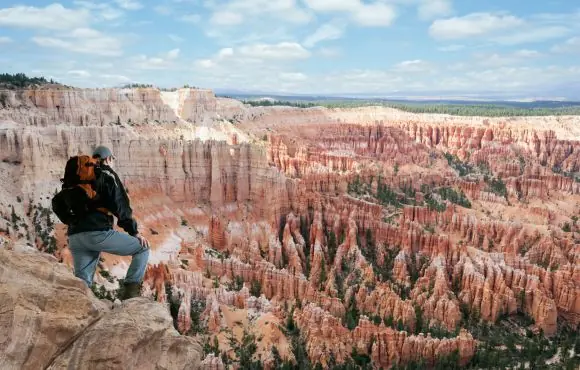
You'll need a backcountry permit for an overnight stay, available for purchase at the visitor center. Reservations can be made up to 48 hours in advance in person only. Campfires are prohibited in the backcountry, as are pets.
If you plan to backpack, be aware that there are no designated campsites or reliable water sources outside the developed areas. Safety considerations include steep terrain, loose rock, lightning and dehydration.
Reserve
A CampgroundHit the Trails
5 of 11
While the views of Bryce Canyon's landscape from the rim can be stunning, hiking down among the hoodoos is spectacular.
There are nine trails within the park, ranging from easy to strenuous, so there's something to suit every hiker's fancy.
Take note that winter daytime temperatures average between 37 degrees F and 45 degrees F and well below freezing at night. Summer daytime temperatures range between 75 degree F and 80 degrees F, with overnight lows in the 40s and 50s.
Also note that maximum average precipitation occurs in August, bringing about 2 inches of rain to the region.
Reserve
A CampgroundAwesome Biking
6 of 11
The only paved road on which bicycles are permitted is the main road leading to Rainbow Point. Biking is permitted on five trails, however, including Dave's Hollow, Casto Canyon, Skunk and Badger, Thunder Mountain and Red Canyon. You can find information on biking trails at the visitor center in Red Canyon. Several commercial guide companies conduct bike tours.
Reserve
A CampgroundFabulous Fishing
7 of 11
About an hour west of Bryce Canyon, Panguitch Lake is known for its trout fishing, which can be enjoyed from shore, boats or float tubes. It is also one of Utah's best ice fishing lakes.
Reserve
A CampgroundAuto Touring
8 of 11
A scenic drive to the many lookout points in Bryce Canyon National Park is a great way to see the region's many outstanding natural features. Be aware, however, that parking can be limited during summer months, weekends and holidays.
Reserve
A CampgroundRiders Up
9 of 11
With its wondrous landscape, the Bryce Canyon area is choice for horseback riding. You're welcome to bring your own mount, although there are many regulations and guidelines. Commercial guide outfits can lead the way if you'd like, and you can even follow the tracks of Butch Cassidy through Red Canyon.
Reserve
A CampgroundSee for Miles and Miles, Even Into Space
10 of 11
The air around Bryce Canyon is so clear that on most days Navajo Mountain and the Kaibab Plateau can be seen 90 miles away in Arizona. And on extremely clear days, the Black Mesas of eastern Arizona and western New Mexico can be seen an astonishing 160 miles away.
Bryce Canyon also boasts a 7.4 magnitude night sky, making it one of North America's darkest. As a result, stargazers can see over 7,500 stars with the naked eye, compared to most places where light pollution limits the view to fewer than 2,000. In large cities, only a few dozen can be spotted.
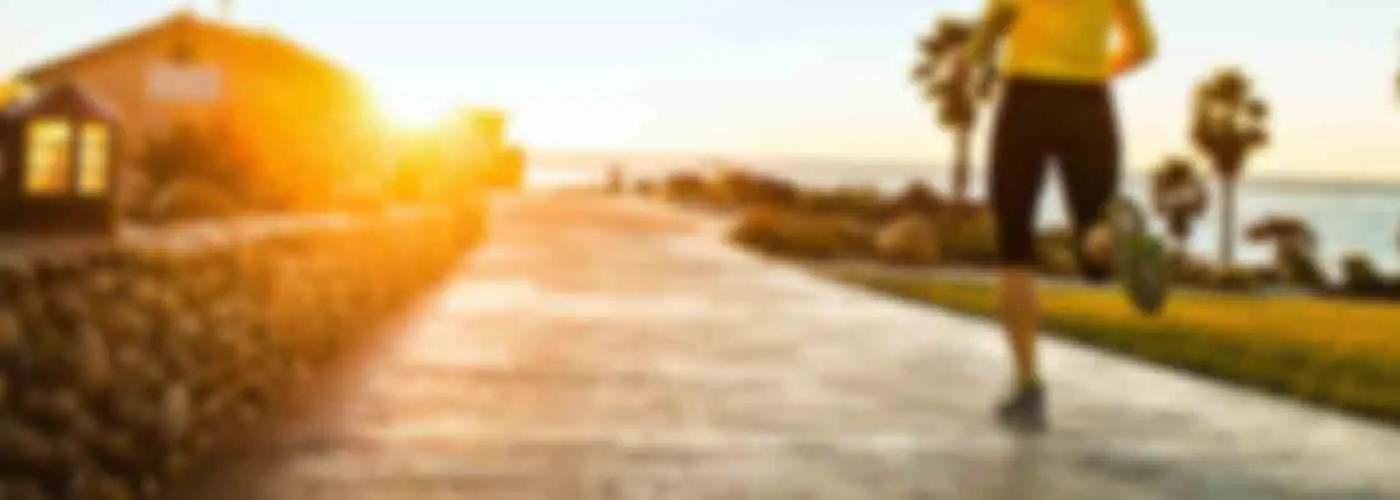
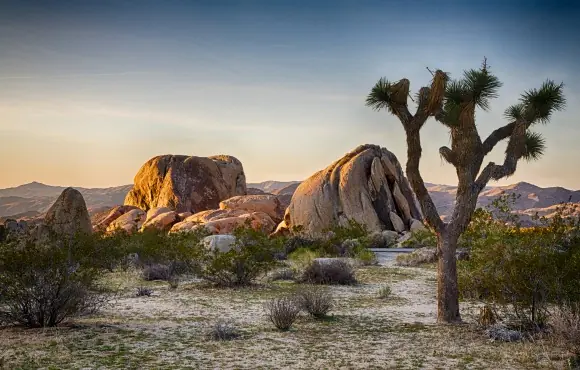
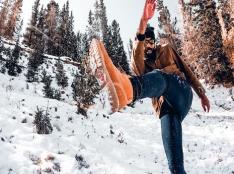
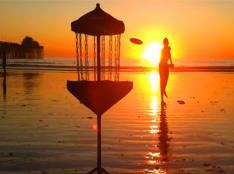
.jpg?height=174&mode=Thumbnail&width=234)


Discuss This Article